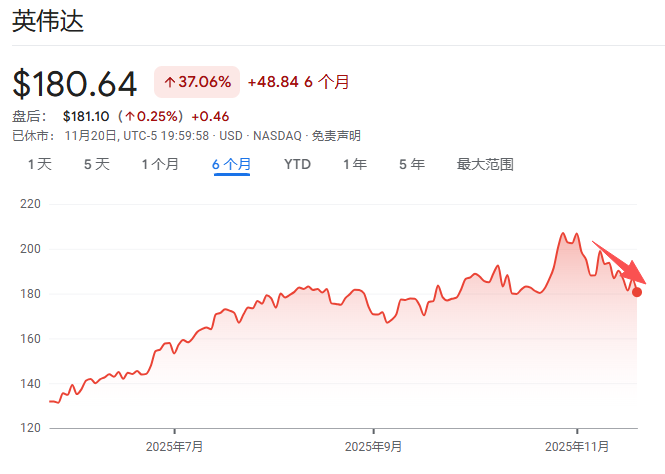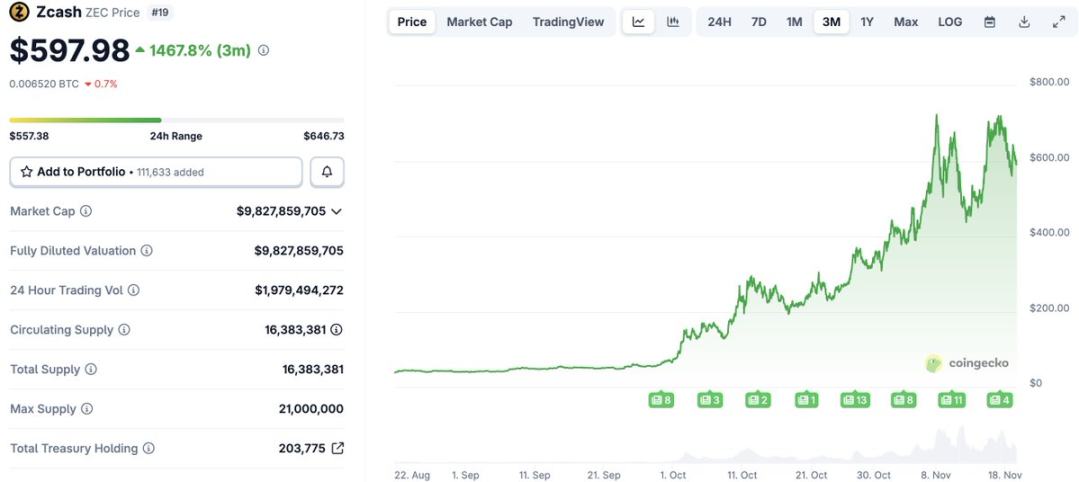-
Despite Bitcoin reaching new heights in Q2, mainstream media coverage remained surprisingly limited and polarized, highlighting a fragmented narrative landscape.
-
Research from Perception reveals that elite financial outlets like The Wall Street Journal, Financial Times, and The New York Times contributed minimally to Bitcoin news, accounting for only 2% of total coverage.
-
According to Perception, media narratives on Bitcoin fall into three categories: enthusiastic adoption, willful blindness, and persistent skepticism, reflecting divergent editorial stances across major outlets.
Bitcoin’s Q2 media coverage was scarce and divided, with elite financial outlets largely absent, creating information gaps for investors amid rising crypto interest.
Polarized Bitcoin Narratives Shape Media Coverage in Q2
The second quarter of 2024 showcased a deeply polarized media environment surrounding Bitcoin coverage. Perception’s analysis of 1,116 articles from 18 major outlets revealed a split in sentiment: 31% positive, 41% neutral, and 28% negative. This division underscores a fragmented portrayal of Bitcoin, where editorial biases influence the tone and depth of reporting. Notably, top-tier financial publications such as The Wall Street Journal and Financial Times published only a handful of Bitcoin articles, signaling a cautious or selective approach to cryptocurrency journalism. This limited engagement from elite outlets contrasts sharply with the extensive coverage by high-volume financial media like Forbes and CNBC, which adopted a more enthusiastic stance.
Distinct Editorial Narratives Define Bitcoin Reporting
Perception identified three primary narratives that dominate Bitcoin reporting. The first, “enthusiastic adoption,” is championed by outlets such as Forbes and CNBC, which emphasize Bitcoin’s growing institutional acceptance and retail adoption trends. The second narrative, termed “willful blindness,” is attributed to elite financial publications like The Wall Street Journal and Financial Times, characterized by minimal coverage and a tendency to overlook Bitcoin’s market developments. The third, “persistent skepticism,” is prevalent among traditional media, which often focus on Bitcoin-related crime, regulatory concerns, and controversies. This tripartite framework highlights how editorial perspectives shape public understanding and influence investor sentiment.
Variation in Crypto Topic Focus Across Media Outlets
The study further revealed that media outlets prioritize different aspects of the cryptocurrency ecosystem, reflecting their audience and editorial priorities. Forbes concentrated on themes such as retail adoption, Bitcoin mining, and institutional investment, providing a comprehensive view of market dynamics. CNBC’s coverage leaned heavily towards banking, finance, and market analysis, catering to investors seeking actionable insights. Conversely, Fox News predominantly reported on crime, legal issues, and cybersecurity threats linked to crypto, reinforcing a more cautious or critical perspective. This diversity in topic emphasis contributes to the overall fragmented media landscape and affects how various segments of the public perceive the crypto industry.
Information Asymmetry Creates Investor Knowledge Gaps
Perception’s report concludes that the uneven distribution of Bitcoin coverage fosters significant information asymmetry among investors. Those relying on elite financial media for market intelligence may find themselves underinformed about the rapidly evolving crypto sector. This gap poses challenges for market participants seeking comprehensive and balanced information, potentially impacting investment decisions and market behavior. The report underscores the necessity for diversified news consumption to gain a holistic understanding of Bitcoin’s trajectory and the broader digital asset landscape.
Conclusion
The Q2 2024 media coverage of Bitcoin reveals a complex and divided narrative environment, where elite financial outlets maintain a limited presence, and other media fill the void with varied editorial perspectives. This polarization and topic divergence contribute to information asymmetry, underscoring the importance for investors to engage with multiple sources to navigate the evolving crypto market effectively. As Bitcoin continues to mature, the media’s role in shaping informed discourse remains critical for fostering transparency and market confidence.



